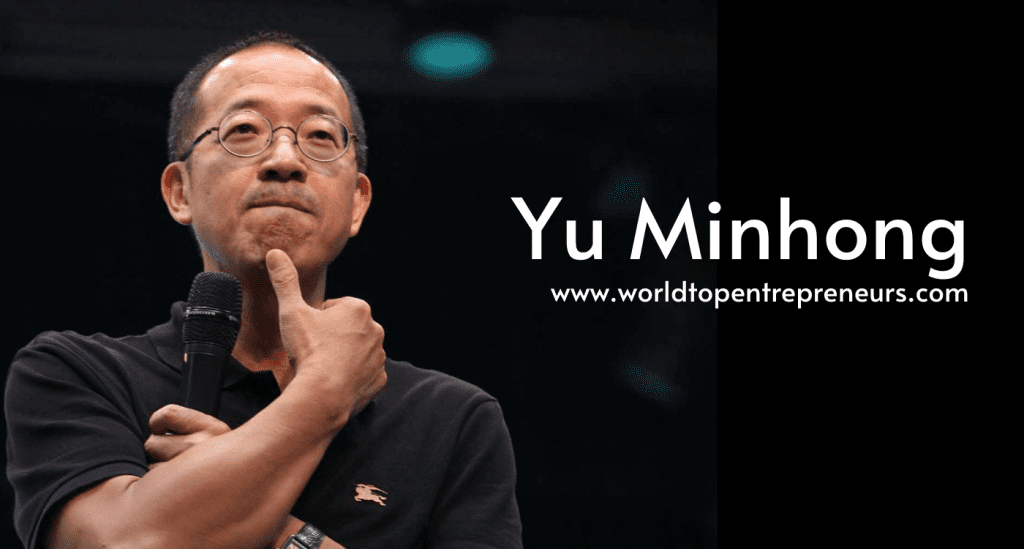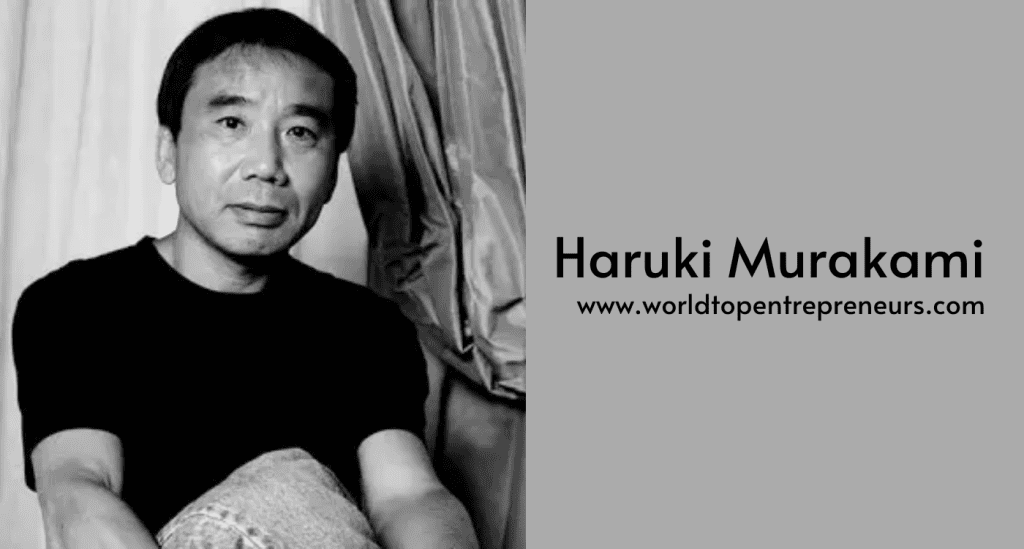Introduction
In the world of education, few names are as influential as Toru Kumon. His pioneering work in developing the Kumon Method has had a profound impact on education worldwide. What began as a small-scale tutoring initiative has evolved into a global educational phenomenon, helping millions of students achieve academic success. This article delves into Toru Kumon’s life, his educational philosophy, and the far-reaching effects of his innovative method.
Early Life and Background
Humble Beginnings
Toru Kumon was born on March 26, 1914, in Ikeda, a small town in Osaka Prefecture, Japan. Raised in a modest family, Kumon’s early life was marked by a strong sense of discipline and a passion for learning. His parents, though not wealthy, valued education and encouraged Kumon to excel academically.
From a young age, Kumon exhibited an aptitude for mathematics and a keen interest in problem-solving. His exceptional abilities in these areas were evident throughout his schooling, and he was recognized as a promising student. Despite the economic challenges his family faced, Kumon’s dedication to his studies remained unwavering.
Educational Pursuits
Toru Kumon attended Osaka Prefectural Ikeda High School, where he further honed his mathematical skills. His exceptional performance in mathematics earned him a scholarship to attend Osaka University, where he pursued a degree in mathematics. During his university years, Kumon developed a deep understanding of mathematical concepts and teaching methodologies.
After graduating from Osaka University, Kumon embarked on a career as a high school mathematics teacher. His teaching experience exposed him to the challenges students faced in grasping mathematical concepts and ignited his passion for finding innovative solutions to address these challenges.
The Birth of the Kumon Method
Identifying the Need for Change
In the early 1950s, while working as a high school teacher, Toru Kumon observed a significant gap between his students’ abilities and the demands of the curriculum. He noticed that many students struggled with basic mathematical concepts and lacked confidence in their problem-solving skills. Kumon believed that traditional teaching methods were insufficient in addressing these issues and sought to develop a more effective approach.
Kumon’s observations led him to the idea that mastery of fundamental concepts was crucial for students’ overall success in mathematics. He envisioned a method that would allow students to learn at their own pace, build a strong foundation in basic skills, and gradually advance to more complex topics. This vision laid the groundwork for what would become the Kumon Method.
Developing the Kumon Method
In 1958, Toru Kumon began developing the Kumon Method, a revolutionary approach to learning mathematics. The method was based on the principle of self-learning, where students could independently work through a series of carefully designed worksheets. Each worksheet was intended to build upon the previous one, allowing students to master fundamental concepts before progressing to more advanced material.
Kumon’s approach emphasized the importance of daily practice and repetition in reinforcing mathematical skills. The method also encouraged students to work at their own pace, allowing them to spend more time on challenging areas and move quickly through topics they found easier. This individualized approach aimed to build students’ confidence and foster a love for learning.
The initial success of the Kumon Method in Kumon’s own classroom led him to expand the program to other students. He opened the first Kumon Center in Osaka in 1958, where he began offering the method to a wider audience. The positive feedback from students and parents quickly validated Kumon’s approach and generated significant interest in the method.
Expansion and Growth
Establishing the Kumon Institute of Education
The success of the Kumon Method in Osaka prompted Toru Kumon to establish the Kumon Institute of Education in 1958. The institute was founded with the goal of expanding the Kumon Method to other regions and eventually to international markets. Kumon’s vision was to create a global network of Kumon Centers that could provide students with the opportunity to benefit from his innovative teaching approach.
The Kumon Institute of Education focused on training instructors, developing curriculum materials, and establishing a standardized system for implementing the Kumon Method. Kumon’s dedication to maintaining high standards of instruction and ensuring the consistency of the method contributed to the program’s growing reputation.
International Expansion
In the 1970s, the Kumon Institute of Education began its international expansion, starting with the establishment of Kumon Centers in other Asian countries. The method’s success in Japan paved the way for its adoption in countries such as Taiwan, South Korea, and China. The program’s emphasis on self-learning and individualized instruction resonated with educators and parents in these regions, leading to widespread adoption.
By the 1980s, the Kumon Method had gained international recognition, and Kumon Centers were established in North America, Europe, and other parts of the world. The global expansion of the Kumon Method was driven by its adaptability to different educational systems and its ability to address students’ diverse learning needs.
Impact and Legacy
Transforming Education
Toru Kumon’s innovative approach to education has had a profound impact on the way students learn mathematics. The Kumon Method’s emphasis on self-learning, individualized instruction, and daily practice has transformed the educational landscape, providing students with the tools to achieve academic success.
The Kumon Method has helped millions of students worldwide develop strong mathematical skills and build confidence in their abilities. The program’s focus on mastering fundamental concepts before advancing to more complex topics has contributed to improved academic performance and a deeper understanding of mathematics.
Educational Philosophy
Toru Kumon’s educational philosophy emphasizes the importance of self-directed learning and personal responsibility. The Kumon Method encourages students to take ownership of their learning process and develop a sense of independence. By allowing students to work at their own pace and providing them with opportunities for success, the method fosters a positive attitude toward learning and encourages lifelong intellectual curiosity.
Kumon’s approach also highlights the role of practice and repetition in achieving mastery. The method’s structured worksheets and incremental progression ensure that students reinforce their understanding of key concepts and develop problem-solving skills through consistent practice.
Mentorship and Inspiration
Toru Kumon’s contributions to education have inspired educators, parents, and students around the world. His commitment to improving educational outcomes and his innovative approach to teaching have served as a model for others seeking to make a difference in the field of education.
Kumon’s legacy extends beyond the Kumon Method itself; it encompasses the values of perseverance, creativity, and dedication to educational excellence. His work has inspired numerous educational initiatives and has influenced the development of new teaching methodologies.
Conclusion
Toru Kumon’s journey from a high school mathematics teacher to the founder of the Kumon Institute of Education is a testament to his vision, determination, and commitment to improving education. His pioneering work in developing the Kumon Method has transformed the way students learn mathematics and has had a lasting impact on the educational landscape.
The success of the Kumon Method is a reflection of Kumon’s dedication to his educational philosophy and his passion for helping students achieve their full potential. As the Kumon Institute of Education continues to expand and evolve, Toru Kumon’s legacy endures, inspiring future generations of educators and students to pursue excellence in learning.
In the ever-changing world of education, Toru Kumon’s story serves as a powerful reminder of the potential for innovation to drive positive change and improve lives. His contributions to the field of education have left an indelible mark, ensuring that the Kumon Method remains a leading force in promoting academic success and fostering a love for learning.




















